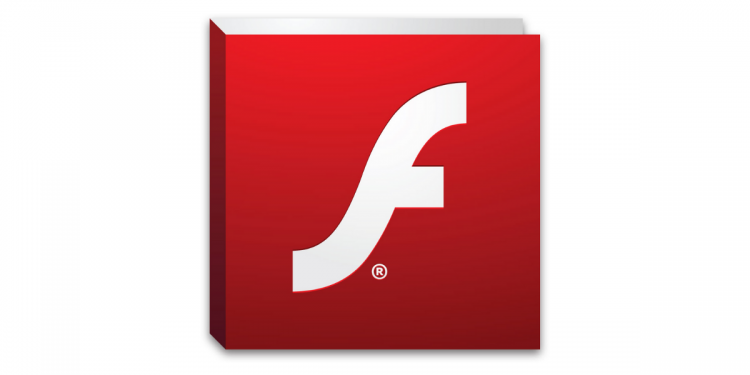It’s 2021, and with the new year, we’re officially seeing the end of Adobe Flash. As previously announced, Adobe has terminated support for Flash Player (since 1 January 2021), and Flash content running in Flash Player will be blocked by Adobe from the 12th of January 2021. Additionally, Adobe has issued a warning that users “immediately uninstall Flash Player” to “protect their systems”.
Additionally, you may encounter notifications on your computer from Adobe, reminding you to uninstall Flash Player. In any case, we’ve compiled a quick tutorial on how to remove Flash Player from your computers—both Windows machines and Mac.
Windows
If you’re prompted by Adobe, simply click “Uninstall” in the Flash Player. If not, follow these instructions:
- Download the uninstaller for Flash Player.
- Close all browsers, along with any other programs that use Flash. To check this, look at your taskbar, and close programs that are running in the background.
- Run the uninstaller package.
- Delete Flash Player files and folders. Click on the Start menu, and select “Run”. Enter in: C:\Windows\system32\Macromed\Flash and delete all files in the folder.
- Do the same at the following location: C:\Windows\SysWOW64\Macromed\Flash%appdata%\Adobe\Flash Player%appdata%\Macromedia\Flash Player
- Then, restart your computer and check if Flash Player is completely uninstalled by clicking here.
Do note that these instructions are not applicable for browser-based Flash Player installations. To find out more about that, click here.
Mac
For macOS, follow these steps:
- Check your macOS version by clicking on About This Mac. Then, download the uninstaller files—for macOS 10.4 and 10.5, download this file. For macOS 10.6 and later, click here. For macOS 10.3 and earlier, download this uninstaller.
- Be sure to close all browsers and applications that may use Flash Player.
- Run the uninstaller package.
- Restart your computer, and verify the full uninstallation by clicking here.
Again, these instructions are not applicable to Flash Player included with Google Chrome. For more information on that, click here.
In case you’re wondering why Adobe is ending support for Flash Player, this is the company’s explanation:
Open standards such as HTML5, WebGL, and WebAssembly have continually matured over the years and serve as viable alternatives for Flash content. Also, major browser vendors are integrating these open standards into their browsers and deprecating most other plug-ins (like Flash Player). See Flash Player EOL announcements from Apple, Facebook, Google, Microsoft and Mozilla.
By providing more than three years’ advance notice, Adobe believes that there has been sufficient time for developers, designers, businesses, and other parties to migrate Flash content to new standards. The EOL timing was in coordination with some of the major browser vendors.”
Click here to find out more.
[ SOURCE , VIA , IMAGE SOURCE ]
Related reading








